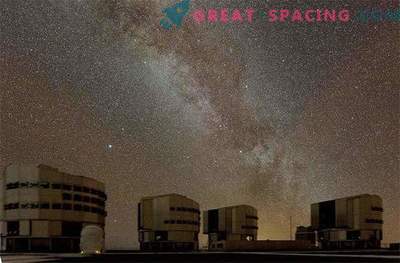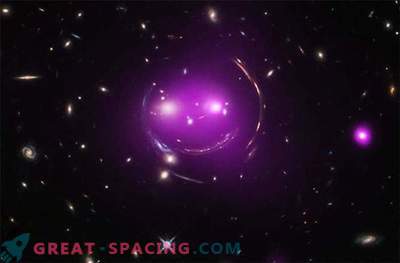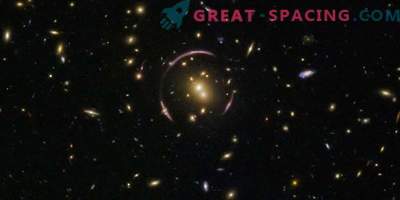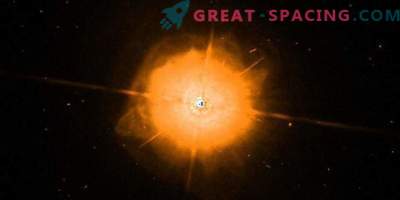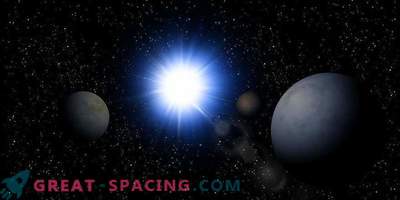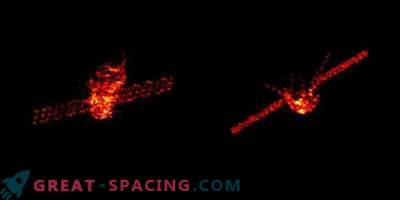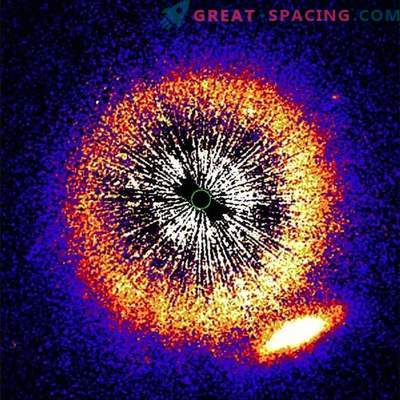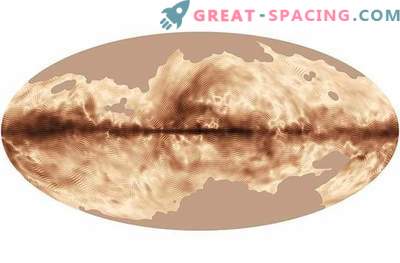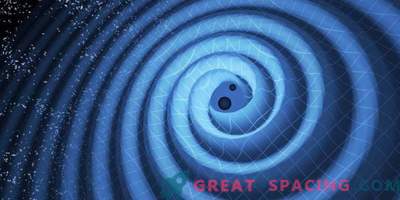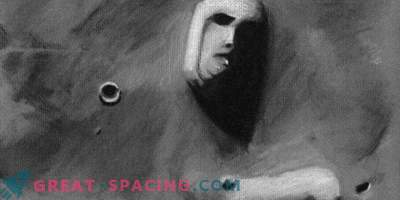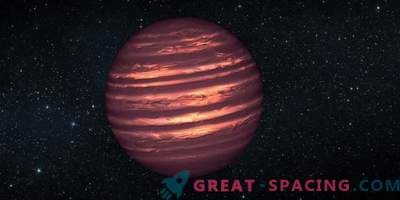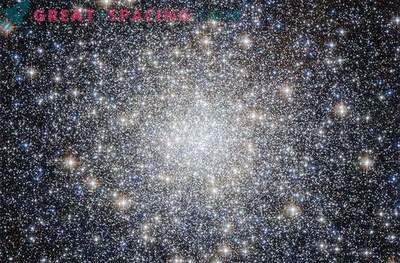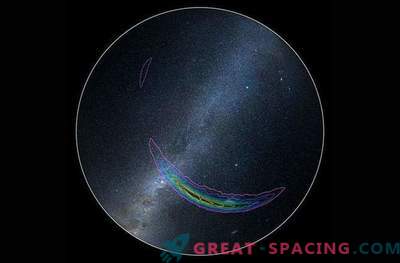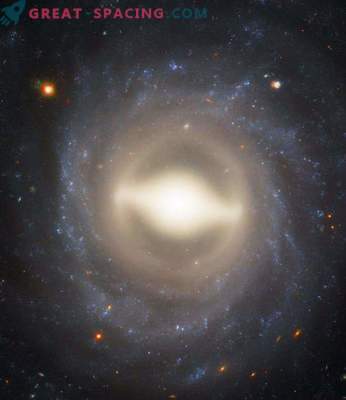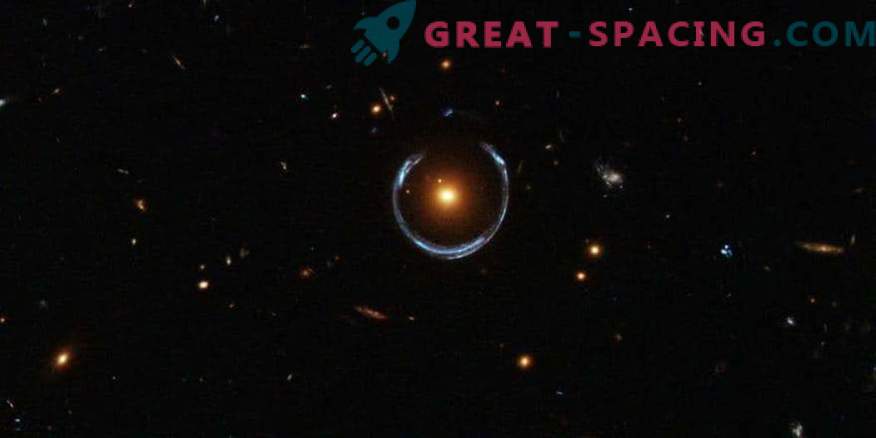
The path of the light beam is bent due to the presence of mass. This effect is explained by the general theory of relativity, where a massive body can act as a “gravitational lens” and distort the object located behind. For the first time this feature was confirmed in 1919, following the stellar light bent by the solar mass. Microlensing is a short light flash that occurs when a gravitational lens changes the intensity of visible light from a distant star.
Approximately 30 years ago, researchers predicted: if you once manage to observe a microlensing event from two points of view, then a parallax calculation will connect the distance of a dark object. The first measurement of the parallax microlensing of a small stellar object by Spitzer and ground-based telescopes was conducted several years ago. But the snag is that having only two points of view leaves room for ambiguity. Therefore, you need to use three locations.
In a new study from the team, Jennifer Yee was the first to manage to take this measurement from three points: Spitzer, Earth and Kepler K2’s mission. The lens was the MOA-2016-BLG-290 - a star whose mass reaches only 0.07 solar (70 masses of Jupiter). She lives at a distance of 22,000 light years on the territory of the Milky Way.
